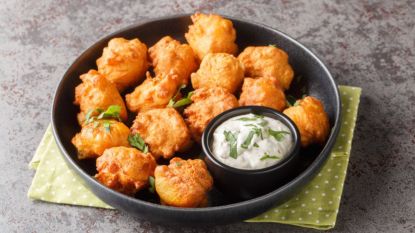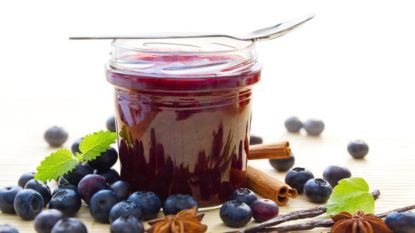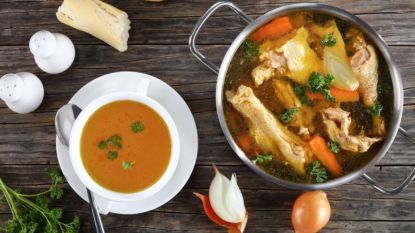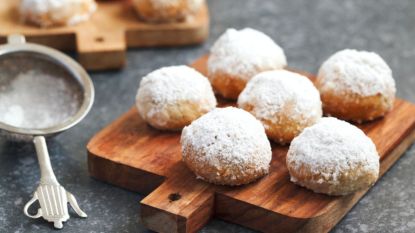No More Dry, Overcooked Fish: This 15-Second Step Ensures Moist, Flaky + Tender Fillets
Taking the fish's internal temperature helps produce perfectly cooked fillets
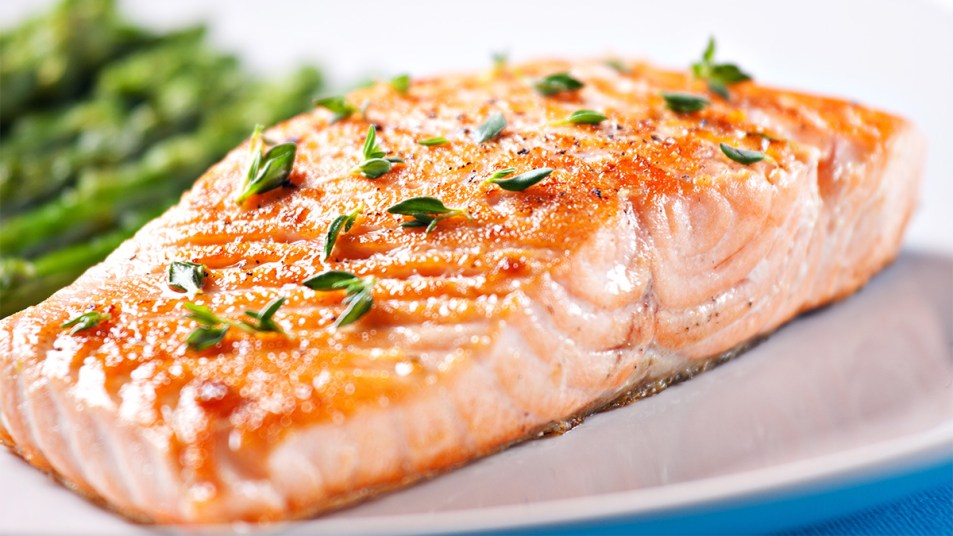
Cooking fish seems easy enough — until you have to check to see if the fillets are done. Letting them cook too long makes the fish dry and chalky, while undercooking it results in firm flesh that could make you sick. The good news: You can avoid both cooking mishaps simply by taking the fish’s internal temperature. Once you know the correct temp for the type of fish you’re cooking, it allows you to serve up scrumptious filets of salmon, halibut or cod without hassle. Keep reading for quick pointers on checking the fish’s internal temperature for perfect results every time!
The basics of cooking fish
Fish’s versatility means you can steam, fry, bake or grill it and end up with tender fillets if they’re cooked properly. This allows you to savor the fish’s sweet and buttery flavor. And it preserves its rich content of omega-3 fatty acids, which help reduce inflammation and protect against chronic diseases. When cooking fish, the flesh will turn from translucent to opaque and may develop a golden brown color. These visual cues are a good sign that heat is penetrating the fish fillet. However, taking the internal temperature is a more precise way to determine if it’s finished or needs extra time to cook.
Where to insert a food thermometer into the fillet
A fish’s internal temperature points to the temperature at the thickest part of the fillet. This area of the fish takes longer to cook than the outer parts, so it’s a way to see if the fillet is thoroughly cooked or not. Once the fish has cooked for the minimum amount of time in the recipe, insert an instant-read thermometer 2 to 2½ inches into the flesh. In as little as 15 seconds, it should provide an internal temperature read that signals when to take it away from the heat source. It’s worth noting that fish continues cooking even as it’s resting. So, nailing the correct internal temp. guarantees a juicy batch of fish fillets.
The ideal internal temp. range for fish
While many fish varieties are cooked to the same temperature, it can vary depending on your desired level of doneness. “White fish and shellfish should be cooked to 145°F,” Amy Hand, contributing writer at The Skillful Cook, says. “Salmon, tuna and swordfish can be cooked to 125°F to 130°F for medium rare and 145°F for well done.” This takes the guesswork out of knowing exactly when the fish is ready. But, if you don’t have a cooking thermometer, Hand notes that you can gently pull at the fillet’s surface using a fork. The fish easily flaking into large pieces means it’s fully cooked.
2 mouthwatering fish recipes
These tips ensure you’ll never serve dry or rubbery pieces of fish ever again. Therefore, making these two delicious fish recipes from our test kitchen should be a breeze!
Teriyaki Salmon
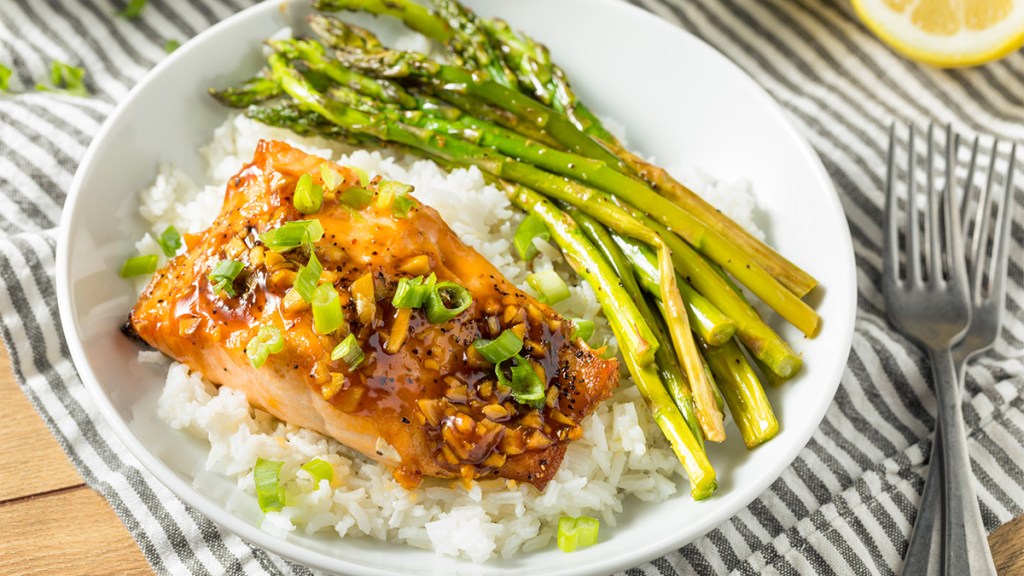
Avocado oil and a kiss of citrus combine in the savory marinade for this flaky centerpiece.
Ingredients:
Marinade:
- ¼ cup avocado oil
- ¼ cup honey
- 2 Tbs. soy sauce
- 2 Tbs. rice vinegar
- 1 Tbs. Dijon mustard
- 2 tsp. grated ginger
- 1 clove garlic, minced
Salmon:
- 2 Tbs. orange juice
- 1 tsp. grated orange zest
- 6 (6 oz.) skin-on salmon fillets
- 12 mini sweet peppers
- 1 Tbs. chopped fresh cilantro or scallions
Directions:
- Active: 20 mins
- Total time: 2½ hrs
- Yield: 6 servings
- In bowl, whisk together marinade ingredients until combined. Scoop out ¼ cup of marinade and pour into separate bowl; set aside.
- Combine remaining marinade with orange juice and zest. Transfer to large food- storage bag; add salmon. Seal; toss until coated. Chill, turning bag occasionally, 2 hours.
- Heat oven to 400°F. Coat baking sheet with cooking spray.
- Remove salmon from marinade; discard marinade. Place fillets skin side down on baking sheet; brush with ¼ cup of reserved marinade. Arrange peppers around fish.
- Bake 10 minutes, or until minimum internal temperature reaches 125°F for medium rare or 145°F for well done. Remove from oven and allow fish to rest 5 to 10 minutes. Top with cilantro or scallions and serve.
Crispy Fish and Chips
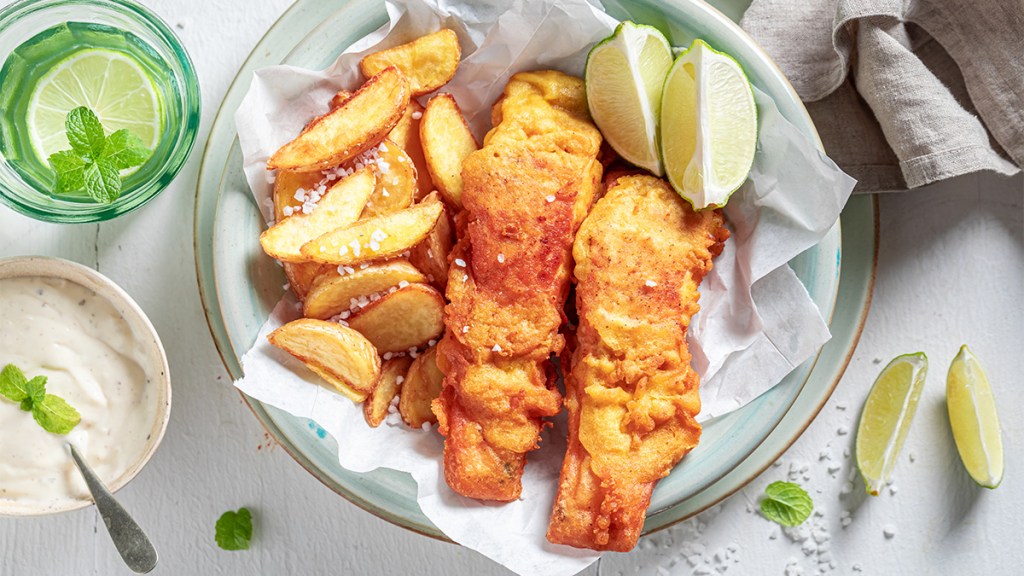
Crushed cornflakes are the secret to the crunchy coating on this flaky cod.
- ½ cup low-fat mayonnaise
- 2 Tbs. sweet relish
- 1 tsp. lemon juice
- ⅔ cup cornflake crumbs
- ½ tsp. smoked paprika
- ¼ cup all-purpose flour
- 2 eggs
- 4 (6 oz.) cod fillets
- ½ tsp. salt
- ½ tsp. pepper
- 1 lb. red potatoes, cut into wedges
Directions:
- Active: 20 mins
- Total time: 40 mins
- Yield: 4 servings
- Heat 7-quart air fryer to 325°F. Coat air fryer basket with cooking spray. In small bowl, combine mayonnaise, relish and lemon juice; reserve.
- In bowl, mix crumbs and paprika. Place flour in pie dish. In shallow bowl, beat eggs. Sprinkle fillets with ¼ tsp. salt and ¼ tsp. pepper; dip in flour, then egg and crumbs. Transfer to air fryer basket.
- Coat fish with cooking spray; insert basket into air fryer. Cook fish until thickest part is opaque and registers to 145°F, 7 to 10 minutes. Serve fish with reserved tartar sauce and chips (see method below).
- For chips: Coat air fryer crisper plate with cooking spray. Place in basket in air fryer. Heat air fryer for air fry at 350°F. Coat potato wedges with cooking spray; toss with remaining ¼ tsp. salt and ¼ tsp. pepper. Transfer to crisper plate. Cook until golden and tender, shaking basket halfway through cooking, 15 to 20 minutes.
Continue reading to learn about more simple cooking tips!
Guaranteed Juicy Meatloaf Every Time — Here’s the Easy Step That Most Folks Skip
We’ve All Been Cutting Our Onions Wrong — This Chef’s Hack Is So Much Easier
The Secret to Green Beans That Snap Deliciously When You Bite Into Them? Shocking Them *This* Way


